
Take-up at the Federal Reserve’s Overnight Reverse Repo Facility (ON RRP) increased from a few billion dollars in January 2021 to around $2.6 trillion at the end of December 2022. In this post, based on a recent Staff Report, we explain how the supply of U.S. Treasury bills (T-bills) affects the decision of money market mutual funds (MMFs) to invest at the facility. We show that MMFs responded to a reduction in T-bill supply by increasing their take-up at the ON RRP, helping to explain the increased overall take-up.










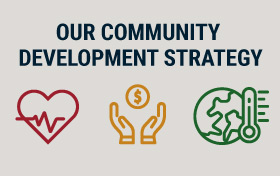
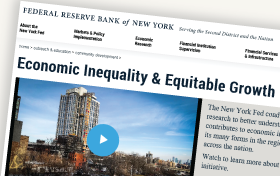







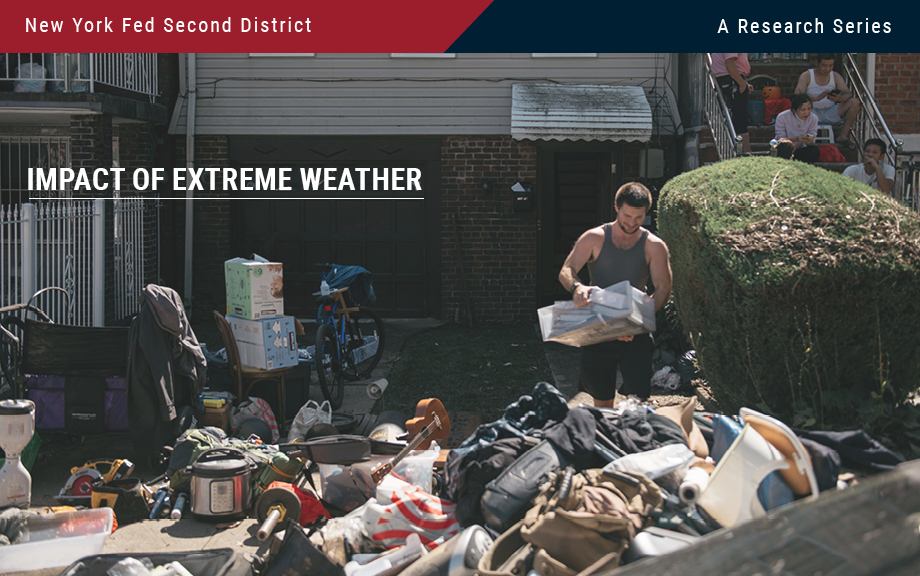
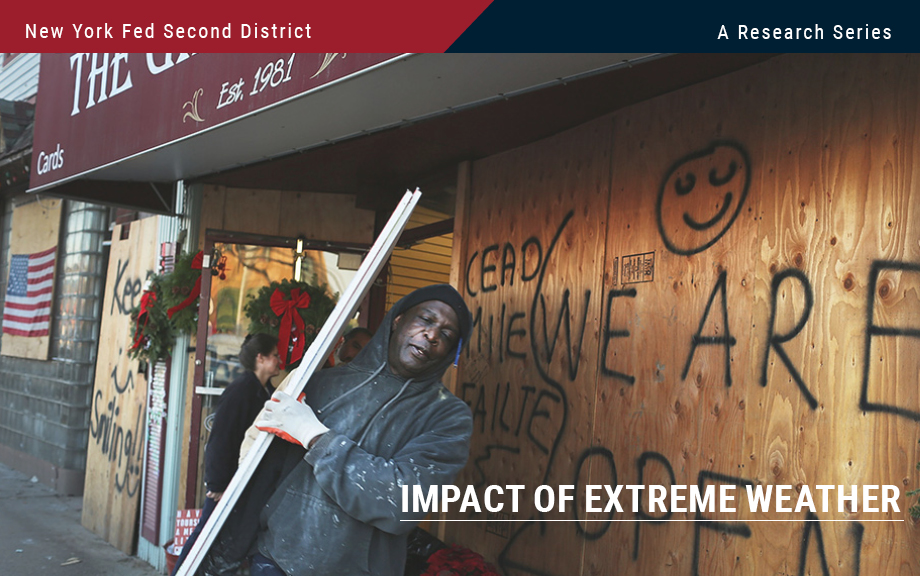
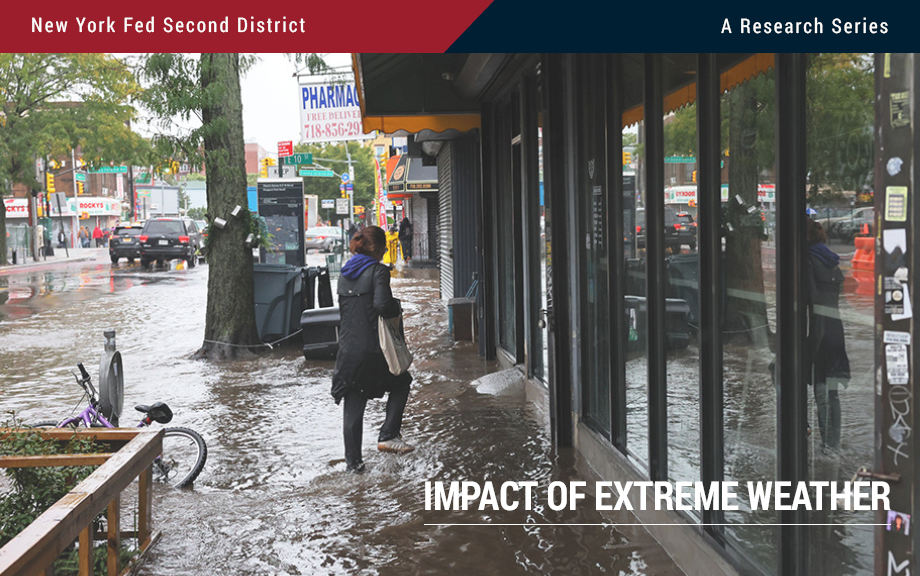
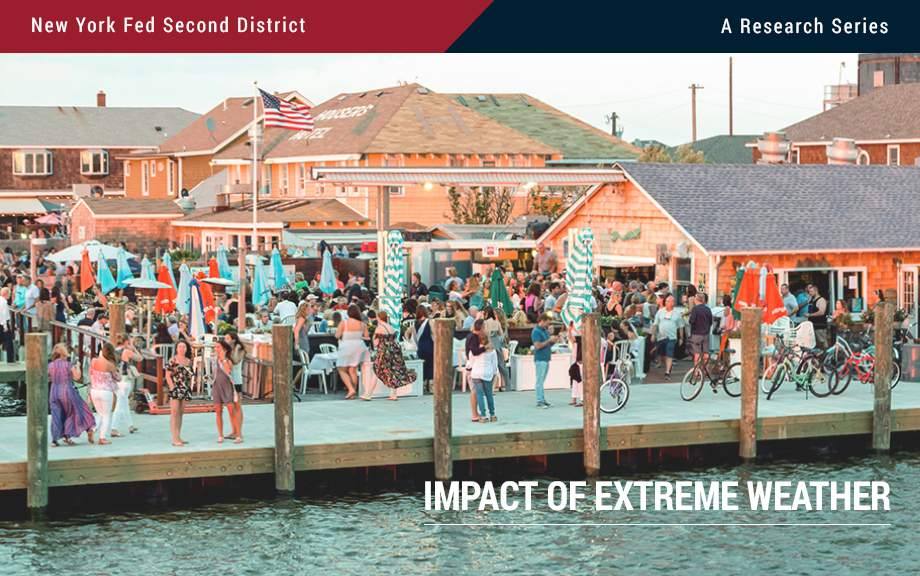
 RSS Feed
RSS Feed Follow Liberty Street Economics
Follow Liberty Street Economics